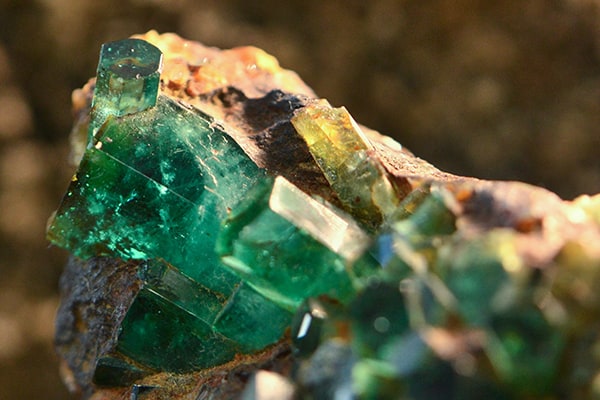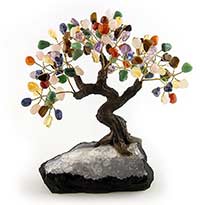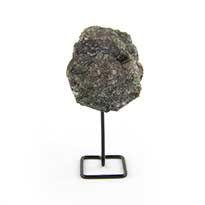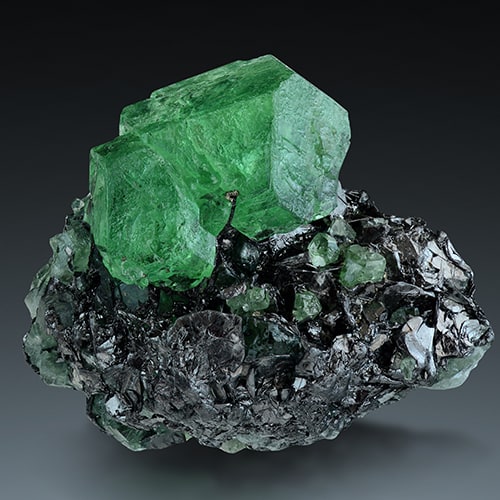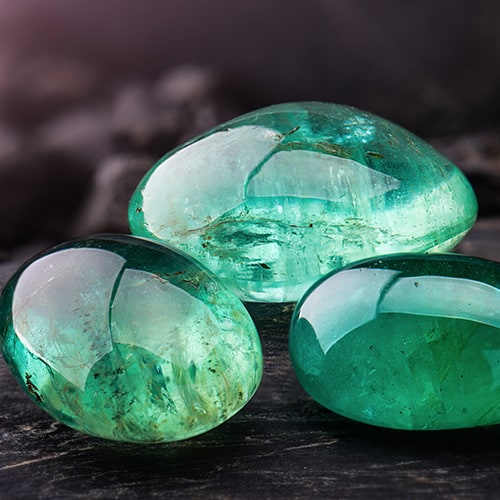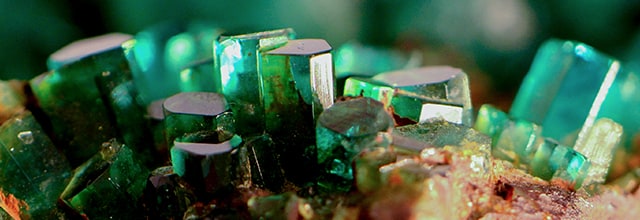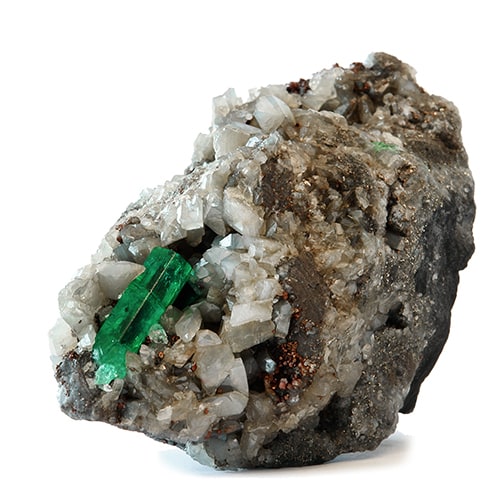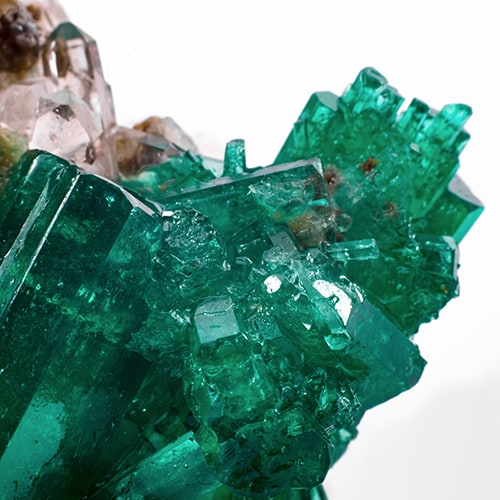Emerald stone meaning and general information
The name emerald originates from the Sanskrit word, which means spring green. Numerous legends and stories encompass this magnificent and incredible stone. The Biblical occasions believe that emeralds have Ishtar, their goddess of affection and war. In the Middle East, a special emerald necklace would frequently be engraved with a stanza from strict holy writings.
Antiquated Egyptians accepted the green shade of emerald spoke to richness and resurrection. They would generally cut emeralds and place them at the core of a mummy to make the expired’s well-being thrive in the afterlife. Cleopatra was known for her interest in emeralds. The Romans once thought Light green emeralds to be unripe, and as they changed to a more obscure shade of green, they were developing in power. A creator and rationalist of antiquated Rome accounted for looking into the cool green tone to ease eye fatigue. One Roman head supposedly watched fighter games through an enormous emerald gemstone since he discovered the shading to be quiet.
In certain legends, the Holy Grail utilized by Christ at the last dinner was produced using a monster emerald. Afterward, the emerald vessel gathered his blood trickling from the cross, saturating the chalice with fabulous and sacred forces.
Mysterious birthstone outlines place emerald as the January stone, Polish birthstones state emerald is the May stone, and antiquated birthstones state that emerald has a place with June.
